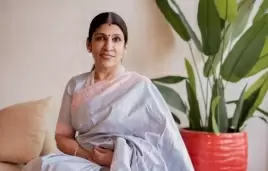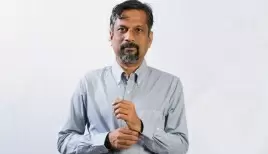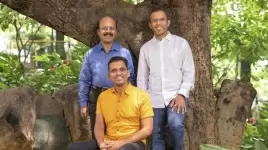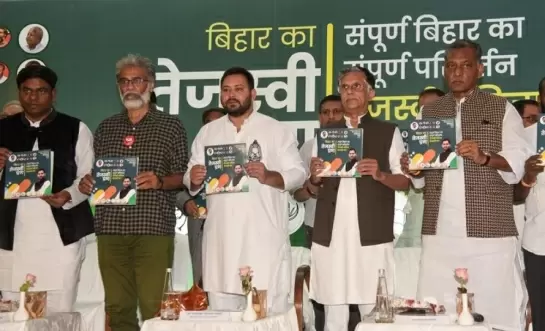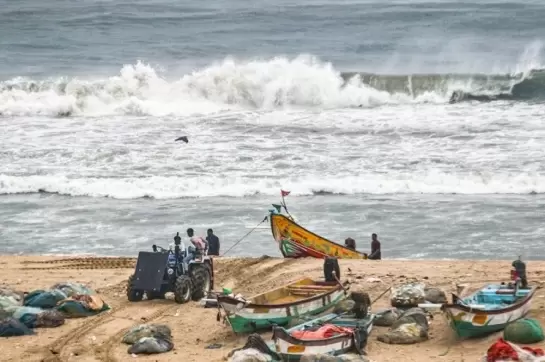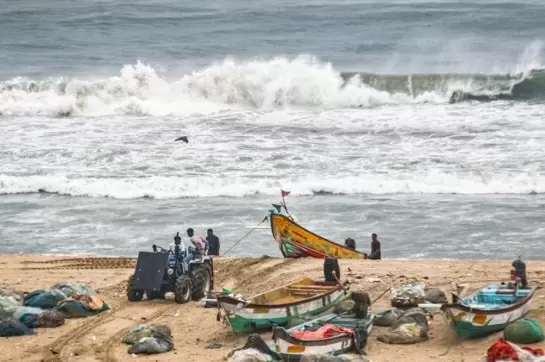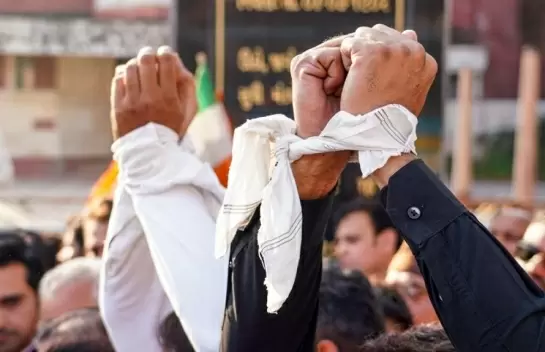With no food, power and facilities doctors helped patients at times of distress
18-October-2014
Vol 5 | Issue 42
It’s been a few weeks since Dr Shahnaaz Teing, who works at Lal Ded, the lone maternity hospital in Kashmir, was rescued from the floods in Srinagar, yet she breaks down every time she talks about the desperation she witnessed for the four days she kept the critical medical facility going in the absence of electricity, medical supplies and food.
On the morning of September 6, 2014, when Kashmir woke up to the biggest flood of the century, Dr Teing found herself stuck with hundreds of patients and their attendants at Lal Ded.
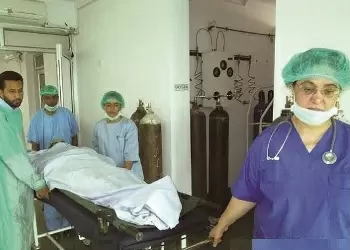 |
|
Dr Nazeera Farooq single-handedly operated upon 75 pregnant women that landed up in her private hospital in Srinagar during the floods (Photos: Shazia Yosuf\WFS)
|
The water level that was already 15 feet high had submerged the ground floor leaving the canteen, electricity supply room and blood bank defunct. With the entire hospital plunged in darkness, there was mayhem everywhere.
Dr Teing, who heads the Department of Gynaecology and Obstetrics at the 700-bed facility, stared helplessly at a pregnant woman who had been admitted for the delivery of her third child. She had a low-lying placenta, was bleeding profusely and needed immediate surgery to save her life and that of her child.
But to perform the Caesarean section Dr Teing needed electricity – for giving anaesthesia, oxygen supply and the operation theatre lights. Besides this, she required at least seven units of blood and dressing material. Nothing was available. “I had two options: one, to take a risk and operate and second, watch her die. I went with the first one,” recalls the good doctor.
The patient had already undergone two major surgeries in the past and her low-lying placenta, medically known as Central Placenta Praevia, had made her condition life threatening. Along with her small team, Dr Teing created a makeshift operation theatre.
As there was no power for general anaesthesia, the patient was administered spinal anaesthesia. On standby were a few portable oxygen cylinders. But the surgery was still dangerous. Usually patients with such a condition are at risk of bleeding out on the operating table and Dr Teing didn’t have much blood in stock if things took a turn for the worst.
Moreover, if the spinal anaesthesia wore off mid-procedure, there was no general anaesthesia available to switch over to. Nonetheless, in the haze of natural light, she picked up the knife and went ahead.
A healthy baby boy was delivered that day and miraculously the woman did not bleed much. “In all my working years as a gynaecologist I have never seen a woman with Central Placenta Praevia bleed so little on the operating table. The baby, too, was just unbelievably healthy and active,” she remarks with a smile.
That success gave Dr Teing the confidence to take on more deliveries. Another two successful C-sections followed with the minimal resources available.
The angry waters, in the mean time, continued to flow into Lal Ded, located on the banks of river Jhelum in Wazirbagh locality. Desperate calls to government officials, made by the hospital administration minutes before communications broke down, did not yield any results. As time passed, hope of rescue diminished. By the evening of September 7, the food stocks had run out.
Eighteen staff members, including an eight months pregnant gynaecologist, 300 patients and 400 attendants were trapped in the hospital for four days. The patients and their attendants were hungry and the infants on ventilators and incubators, which run on electricity, were freezing in the cold and gasping for oxygen.
Dr Teing realised that there was a need for some quick out-of-the-box solutions. So, dextrose saline water was distributed for drinking among patients and their attendants. The medical staff, too, survived on dextrose that is otherwise used to treat dehydration. A few doctors put themselves on IV drip to remain alive and active.
Meanwhile, at the GB Pant Children’s Hospital, the only dedicated facility for infant and child care in the Valley, Dr Iram Ali, a senior resident, provided much-needed assurance to the many stuck there.
When the incubators stopped functioning, she taught mothers of the sick neonates the technique of Kangaroo Mother Care and demonstrated how they could keep their infants warm by holding them tightly to their bodies.
“We simply had to find alternatives. For instance, when all the ventilators went off we started pumping air into our patients’ lungs manually,” she recalls. Sadly, despite their best efforts, with 70 per cent of the diagnostic machines damaged, 11 children died in the 30 hours they were trapped.
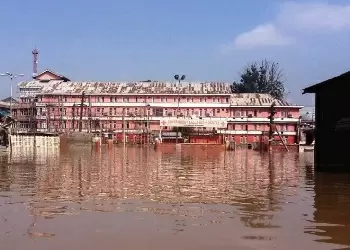 |
|
The only government-run maternity hospital in the Valley had a tough challenge at hand after the facility’s ground floor was submerged
|
Back in Lal Ded, on the evening of September 7, two local boys managed to come to them in a boat carrying candles and biscuits. Their arrival cheered up the hundreds stranded there. Dr Teing performed six deliveries in candlelight. “Can you imagine a doctor using her own handkerchief or patient’s headscarf for dressing? I did that night,” she states. Six healthy babies were born – four normal and two Lower Segment Caesareans.
Dr Teing reminisces how the floods washed away all boundaries, as doctors, patients and attendants came together to comfort each other and even ate from the same plate. She remembers calling out for help along with everyone else from the upper storey of the hospital building, “There was no distinction of any kind - we were all local Kashmiris desperate for another chance at life,” she says, her voice breaking.
The middle-aged doctor had left her medicines at home and like everyone else was living on dextrose and biscuits. But the nonstop work and anxiety took its toll. By September 9, she was drained out, “Mentally, I was okay but physically, my body was giving up.”
Fortunately, by then, rescue teams got to them. Dr Teing was taken out of Lal Ded in a boat and brought to a dry patch of land a few kilometres away where she saw her husband searching for her among the rescued. She learnt that her family was safe and her house, intact, “But I was just blank then, unable to react to anything.”
Dr Teing becomes emotional just thinking about those days. She also feels very let down by the poor response of the administration. She says, “The shrieks and cries of my patients lingered on in my mind for days. I was not able to help my patients the way I could have.”
If not all then a good number of them were saved by Dr Nazeera Farooq, who single-handedly operated upon 75 pregnant women that landed up in her private hospital in Srinagar. Her Safa Marwa Hospital gave free medical service to patients and provided food and shelter to their attendants.
For Dr Farooq, this was an opportunity to step up and serve her community, something she had left her well-paying job in Riyadh, Saudi Arabia, for when she came back to her homeland and set up her own health care facility.
By the time the influx of critical patients reached its highest, 80 per cent of her staff had left. But that didn’t deter her, “As there was no power, I used my diesel generator to conduct surgeries. When the diesel ran out, I operated in torchlight. I pleaded with government officials and fuel dealers to provide diesel to no avail,” she shares.
A month down the line, the waters have receded from Srinagar, leaving death, destruction and disease in their wake. According to news reports, health services in the Valley remain crippled with four of the six major hospitals in a shambles today.
However, as long as there are courageous doctors like Teing, Ali and Farooq, patients can at least be assured of a fighting chance. - Women's Feature Service



